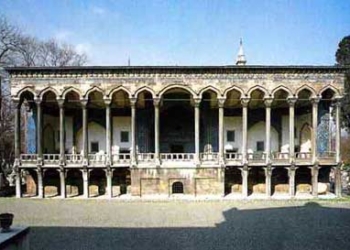China has had many top-secret projects throughout its history, and one of them is the 816 Nuclear Base located on the outskirts of Chongqing.
The 816 Project is China’s second nuclear raw material industrial facility, built in the town of Baidao, Boi Lang District of Chongqing in 1966, under the directive of the Central Military Commission to enhance national defense, infrastructure, and technical industries.
Due to the decision made by Premier Zhou Enlai on June 18, 1966, the project is nicknamed 816. Approximately 12,000 soldiers worked for 8 years drilling tunnels, and experts spent 9 years installing equipment within the caverns. The total investment for the project reached 746 million yuan (over 100 million USD), equivalent to the cost of building the Three Gorges Dam today, and has been dubbed the “Underground Great Wall”.
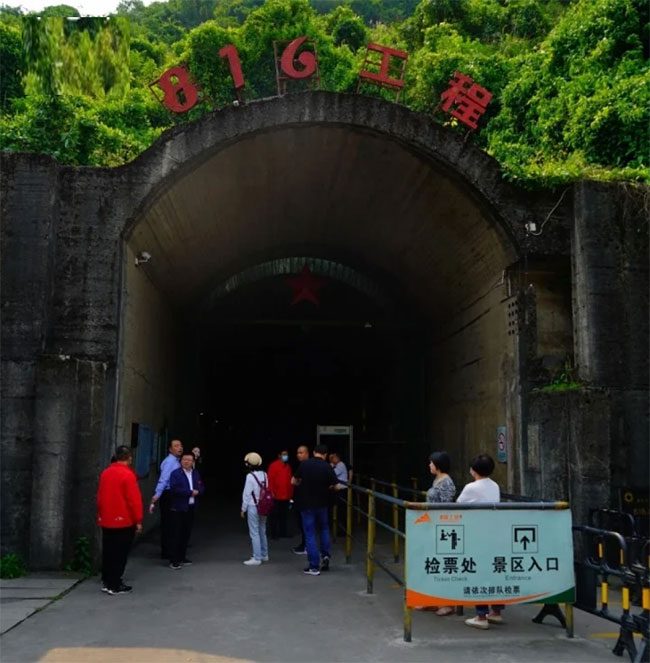
The 816 Nuclear Project.
At that time, over 60,000 Chinese individuals seemingly disappeared overnight, and no one knew where they went to construct this top-secret facility. More than 100 people lost their lives during construction, with 76 being honored as martyrs, and their average age was only 21. For security reasons, China removed the name of the town housing this base from all maps for over two decades.
Two large mountains were hollowed out, with 1.51 million cubic meters of soil and rock excavated and reshaped into two other mountains directly opposite. If this earth were used to construct a road, it could create a path approximately 1,500 kilometers long.
The project comprises a network of tunnels, pathways, and artificial caverns. It is currently the largest artificial cave system in the world. This base can withstand nuclear attacks equivalent to 1 million tons of TNT and earthquakes measuring 8.0 or higher on the Richter scale.
Mr. Shi Lei, a second-generation member of a family that participated in the construction of the 816 Project, stated: “The decision to choose Baidao Town as the site for the 816 Nuclear Facility was due to its stable geological structure, abundant water resources near the O River, and its concealed location within the mountains.”
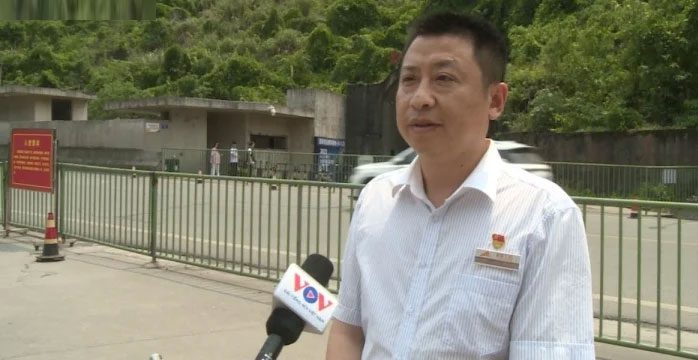
Mr. Shi Lei.
The base covers a total construction area of 104,000 m2, including 18 caverns and over 130 passages, branch caves, and tunnels, resembling a labyrinth where vehicles can move freely.
The highest cavern has 12 levels and reaches a height of 79.6 meters. This cavern was designed to house a nuclear reactor and produce plutonium-239, a crucial material for creating atomic and hydrogen bombs. The core of the nuclear reactor can accommodate 2,001 fuel rods. However, this base has never been used for nuclear testing or fuel rod production, as China abandoned the plan in 1984 after completing 85% of the project and installing 60% of the infrastructure, with a total tunnel length of 25 kilometers.
A water diversion tunnel in the cavern stretches nearly 3 kilometers with a diameter of 3.5 meters, constructed by over 3,000 soldiers over four years to channel water from the nearby O River. With 8 pumps equipped, one-third of the O River’s water can be extracted in a single pumping operation and directed into the cave.
Although all activities ceased in 1984, the nuclear base was not declassified until 2002 and opened to tourists for the first time in 2010.
Mr. Ma Zhongwei, a visitor from Hebei Province, shared: “Today is my first visit here, and I find the project truly magnificent. I feel deeply moved and also appreciate the contributions of our country to the development of military endeavors. I am very proud.”
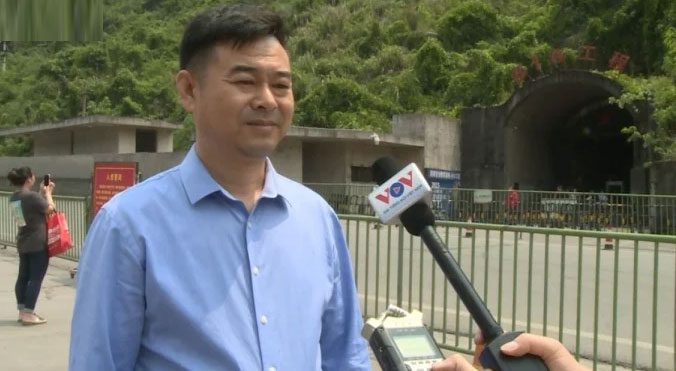
Mr. Ma Zhongwei.
To date, the open area for tourists only accounts for over 20% of this vast project. The remaining portion of the 816 base awaits development in phase two and remains under military ownership.
The 816 Nuclear Base is also the only nuclear facility in China that has been opened to the public to date. This facility, along with its intricate network of underground shelters, leads many to believe that Chongqing is as expansive underground as it is above ground.
Meanwhile, Chongqing is the largest city in China, covering an area of over 82,400 km2, nearly 2.4 times the combined area of Beijing, Shanghai, and Tianjin. This monumental project helps people understand the famous Chinese idiom “The Foolish Old Man Moves the Mountains.”
Here are some images from within the 816 Project – once a top-secret nuclear base of China:
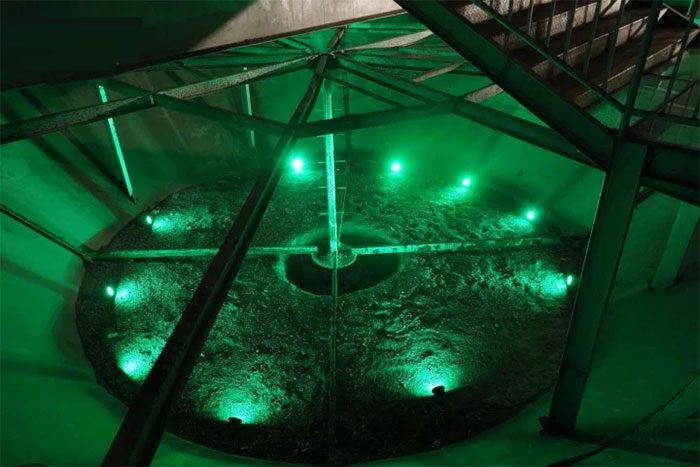
This is the bottom of the nuclear reactor – the site of the strongest nuclear radiation in the entire project.
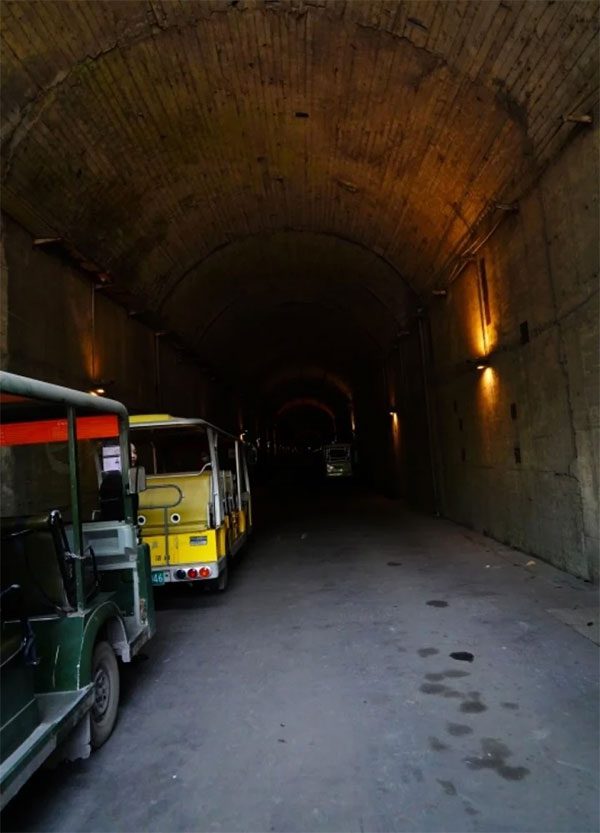
Visitors must tour by electric vehicle.
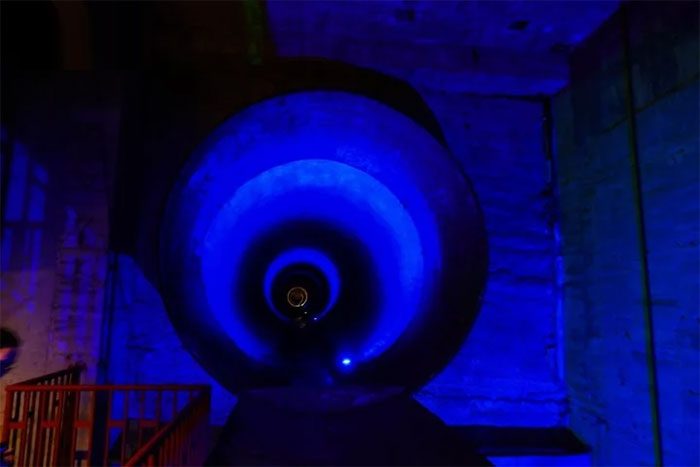
The water diversion tunnel from the O River to the nuclear reactor.
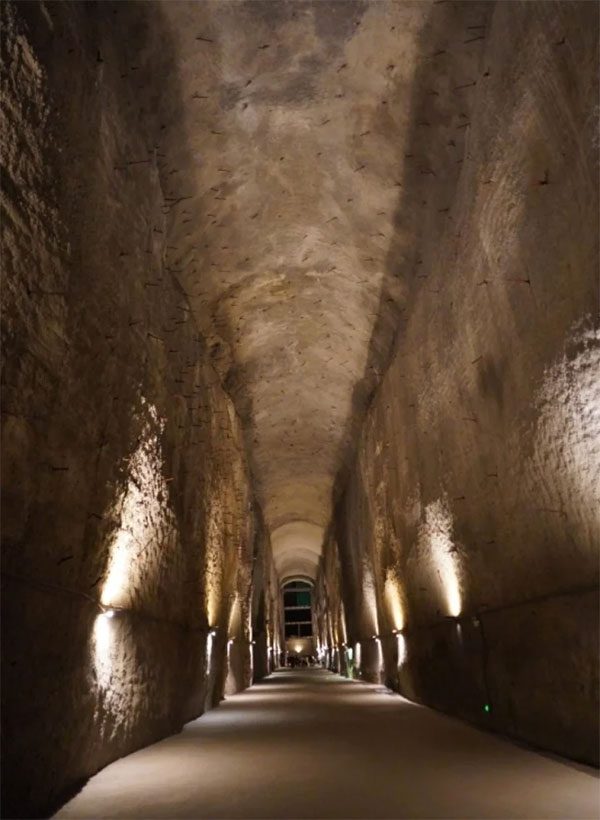
The tunnel is 18.9m high, built for military vehicles to transport fuel rods and materials after processing.
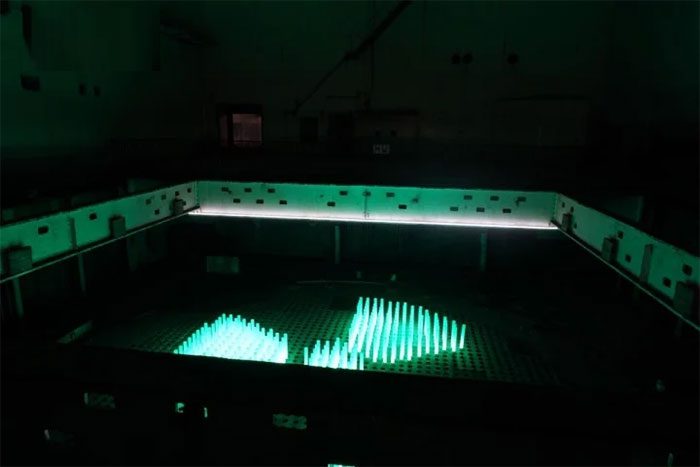
Model of fuel rods.
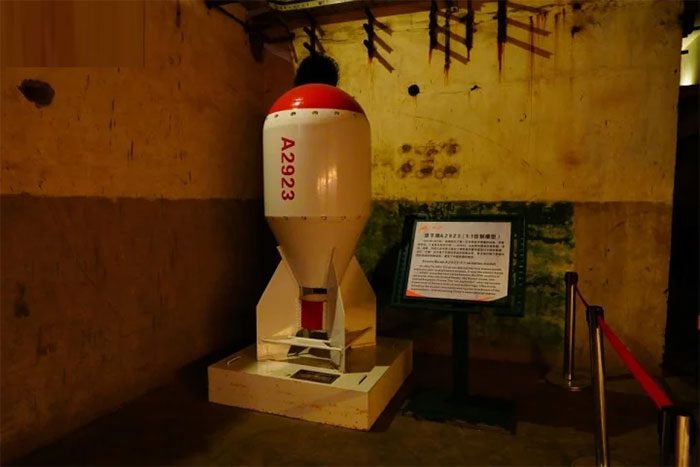
Model of the nuclear bomb successfully tested by China for the first time in 1965.

Originally designed to store the fuel rods after formation.
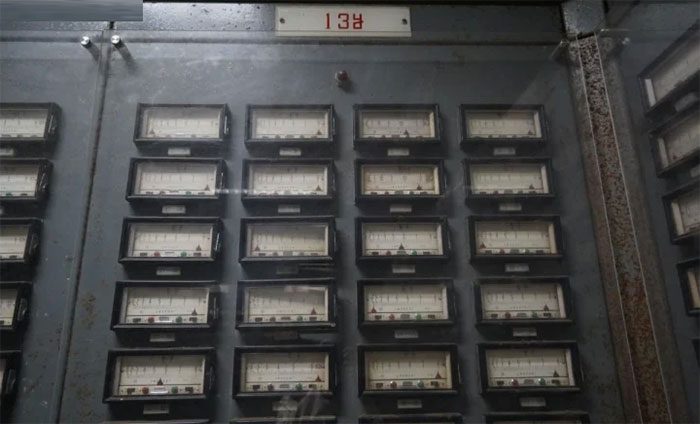
Control panels installed in 1982 and have never been used.
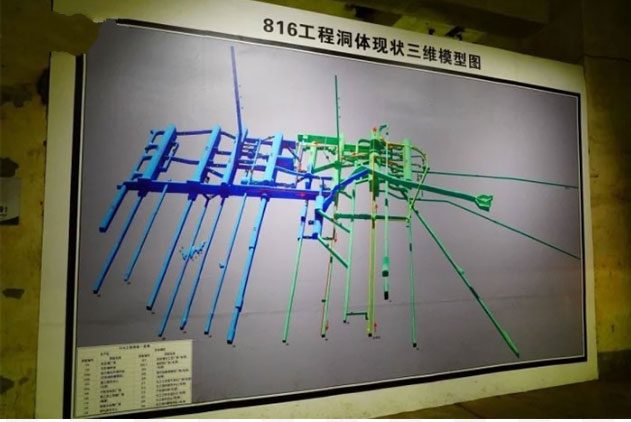
Current map of the 816 Project. The green area is open to tourists.
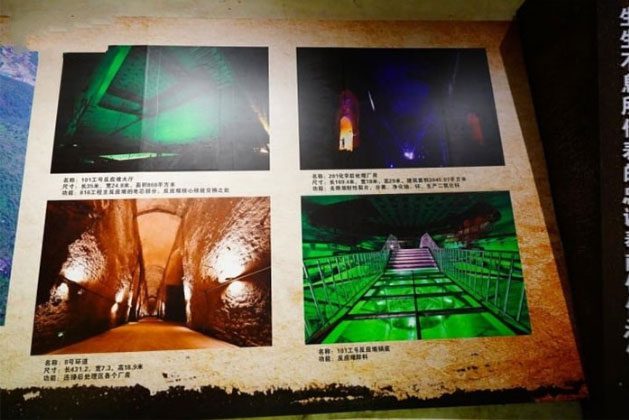
Images of some major structures inside the cave.










































